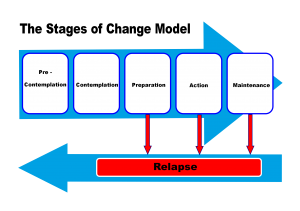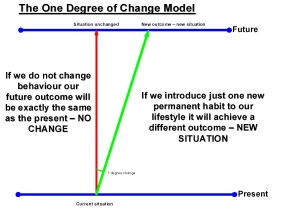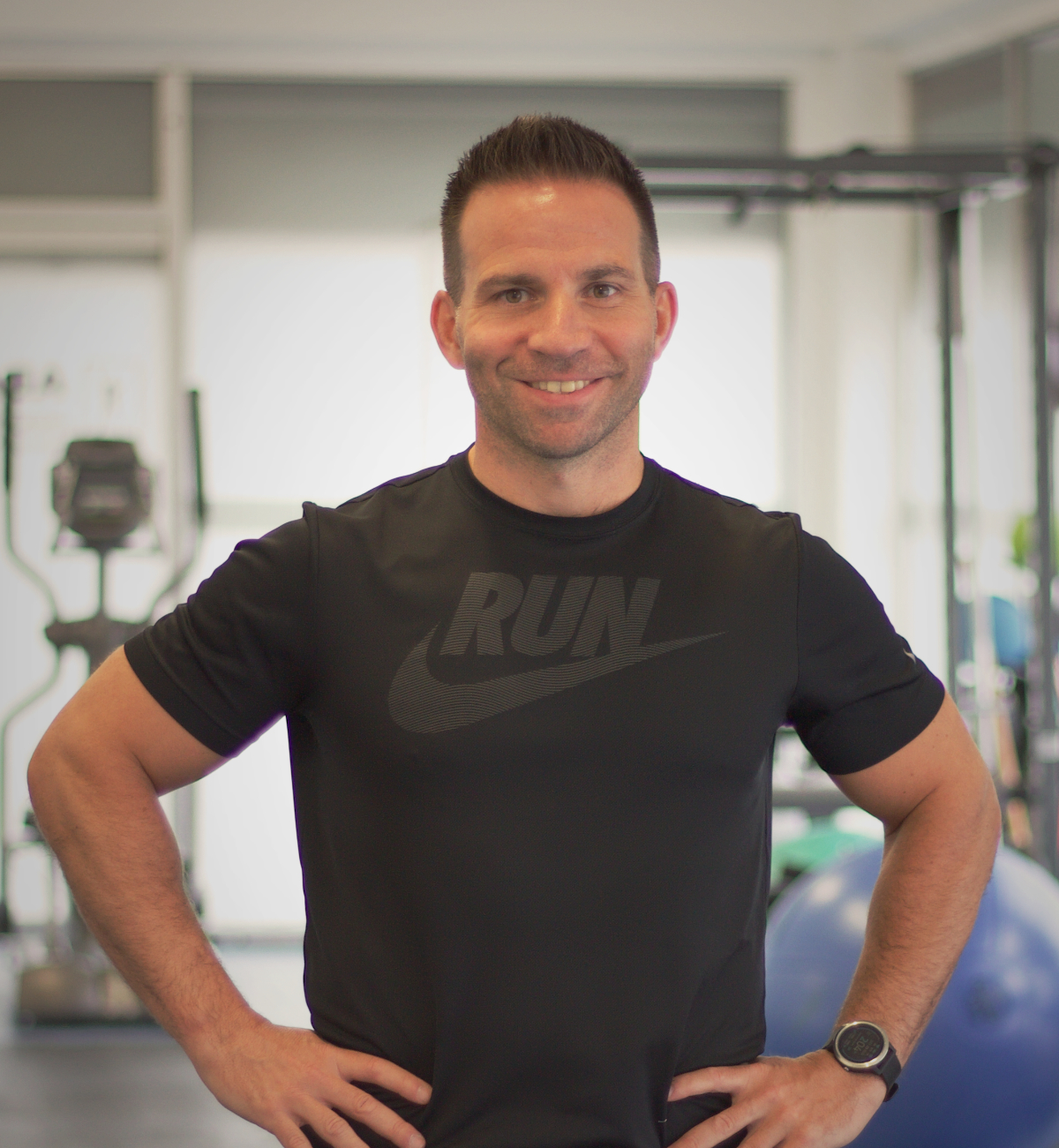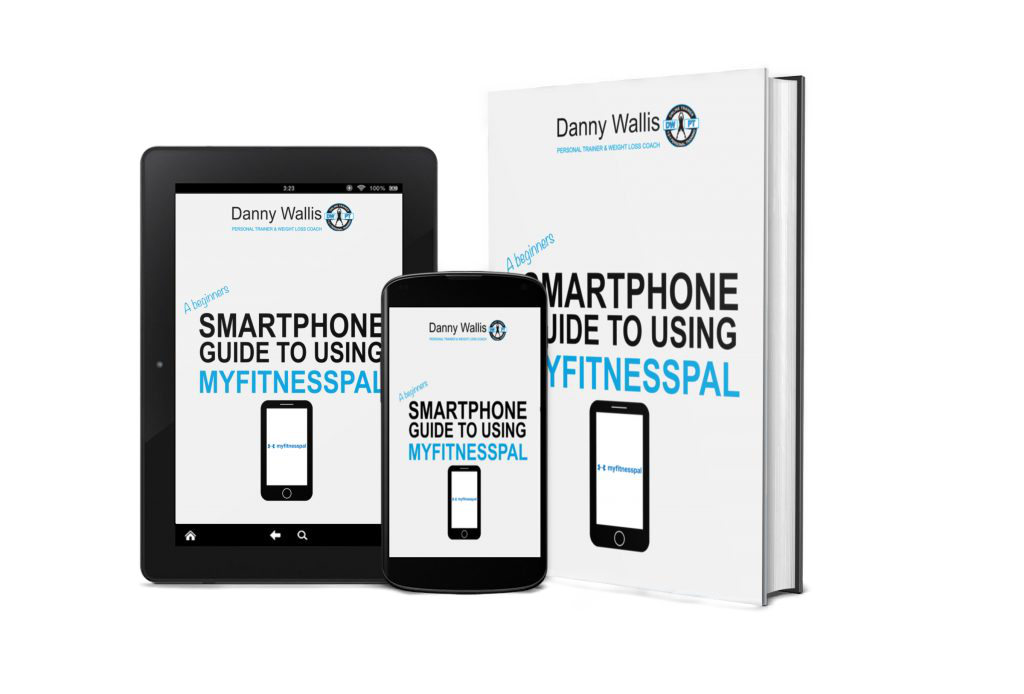As a Personal Trainer people essentially hire me because they desire something different for themselves. It may be to lose weight, to increase fitness, tone up or to run a race. Whatever the circumstance, they essentially desire changing themselves in some new way. You may therefore find it ironic that most people then struggle with implementing the changes necessary to achieve their desired outcome.
Achieving a health and fitness based goal successfully is a combination of both food and exercise. In fact the truth is the balance is around 70% down to what we eat and only 30% exercise. People have very strong relationships with their food habits and while they might be willing to attend the gym a couple of times a week, changing a lifetime of habitual eating behaviours can often be much more challenging.
Tools To Help You Plan Better
Being an NLP Behavioural Coach helps my clients move forwards towards their goals by introducing and implementing tools that they can use as a method of helping them with the process of change. The first and primary tool that is essential in achieving change is goal setting. Setting goals should essentially be the first thing you do after considering what you want and before implementing the new regime.
I heard a metaphor once that sticks with me; an action without a goal is like running a race with out a finish line. You spend all your time and energy running all over the place and never really get anywhere worthwhile.
S.M.A.R.T Goals
Goals should be S.M.A.R.T (Specific Measurable Achievable Realistic and Time-bound). It is then that we can start to really get excited about what is going to happen because we can really start to visualise it really happening for us. This works wonders for motivation and should be every successful Personal Trainer’s secret weapon for motivating their clients over long periods of time.
Stages of Change Model
The second tool that I use is the Stages of Change Model. This helps us to understand how it is exactly that change works, which is essentially over five key stages.
 Pre-contemplation is stage one and means we haven’t considered the concept of change yet and, on occasion, resistant to the idea of it. Stage two is contemplation, where we start to conceive that something new could help us in some way. Stage three is planning for change. Stage four is to action the plan and, finally stage five is about maintaining the new change.
Pre-contemplation is stage one and means we haven’t considered the concept of change yet and, on occasion, resistant to the idea of it. Stage two is contemplation, where we start to conceive that something new could help us in some way. Stage three is planning for change. Stage four is to action the plan and, finally stage five is about maintaining the new change.
You can and often will relapse backwards from any stage at any time, often caused by internal pressure (the voice in your head that says it’s just too hard) or social pressure (this can be the lack of support from people around us) or even a special situation which can be both the internal and social pressures combined. The most common places to relapse from however, are the Preparation, Action and Maintenance phases, as this is where you actually start doing things to instigate the change you want to put in place and can often be to difficult for some people to stick to.
Once you learn the model and recognise what is actually happening when you relapse, it is so much easier to manage yourself back towards maintenance of your new behaviour.
People often find change difficult to maintain because on the Stages of Change Model often they completely miss a stage. In my business I see this frequently.
Where People Go Wrong
A good example of this is New Year. Every January people have just got over Christmas and have eaten too much, drunk too much and reactively decide that something has to change. The next thing you know there are queues of people waiting to join the local health club for the New Year kick-start. According to a recent study by the University of California statistically, 67% of UK health club members pay their memberships and never actually attend the gym. The majority of new members that join in January often become pert of the 67% that “might start next week”.
The reasoning here is that these people may have overlooked the third stage of change which is planning. As a NLP Behavioural Coach I would encourage my clients to think proactively towards their desired goals rather than reactively. If people proactively worked through the questions “When will I have time to exercise? How am I going to prioritise time to workout? What can I realistically achieve? What will I enjoy doing that will keep me motivated? What resources do I need?” we then probably wouldn’t hear “I am too tired to go to the gym… I haven’t got time…. I’m too busy at work…. I lost motivation because I didn’t know what I was doing….” quite as much.
One Degree of Change
The final tool is knowing how and where to start effectively. The tool I use here is called the One Degree of Change Model. Through 15 years of experience I can tell you that when people are motivated they often want it all – now. They make promises to themselves they haven’t thought through and set themselves up to fail with goals that often mean juggling lots of things at once as a means of getting there as quickly as possible. “I am going to start exercising every day. I will cut out all booze and stop eating chocolates. I am going to stop eating deserts and will stretch after every workout. I am going to drink 2 litres of water a day and I am going to eat little and often”.
experience I can tell you that when people are motivated they often want it all – now. They make promises to themselves they haven’t thought through and set themselves up to fail with goals that often mean juggling lots of things at once as a means of getting there as quickly as possible. “I am going to start exercising every day. I will cut out all booze and stop eating chocolates. I am going to stop eating deserts and will stretch after every workout. I am going to drink 2 litres of water a day and I am going to eat little and often”.
This was the reply I had from a long-term client of mine when I asked him what he was going to do different on his New Year health kick. He was adamant that this was the right selection of choices for him and he was guaranteed of his success. The outcome was within a fortnight we were discussing how to get him started again.
Summary
If you do what you have always done, you will get what you have always got. If we try to introduce lots of new things at once they can be hard to maintain. Building a new habit takes 28 days of continuous repetition and can be lost in just a change of mind-set. If we change one small thing at a time, we can plan goals around it and effectively manage it into our life, practice it and enjoy it. Within a month we don’t even think about it any more. It becomes part of our routine and feels completely natural to us. However, now we are somewhere new. Then you can implement the next change to take you somewhere different.
You can’t prevent change from happening. Hiding from it will simply prevent you from changing in the way you want to. There is no magic wand to change over night; it takes time, practice, dedication and perseverance. Use the tools and give it a little time and you will find yourself achieving things that you never thought possible.


